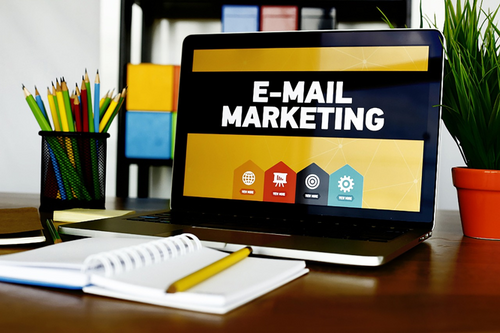Email marketing, a vital tool in the digital age, is only as effective as the email list behind it. A well-maintained and relevant email list can be the difference between soaring open rates and a deserted inbox. So, let's delve into the art of effective email list management, ensuring your campaigns reach the right people and resonate deeply.
1. Understand the Importance:
Firstly, recognize that your email list is like a garden. Without regular attention, pruning, and nurturing, it can easily get out of hand. A well-managed list ensures higher deliverability rates, fewer bounces, and more engaged subscribers.
2. Regularly Cleanse Your List:
Periodically remove inactive subscribers. Those who haven't engaged with your emails in a set period (say, six months) can be segmented for a re-engagement campaign or removed. This helps maintain a higher engagement rate and better sender reputation.
3. Segment Religiously:
Segmentation is the magic word in email marketing. Group your subscribers based on criteria like purchase behavior, location, engagement level, etc. Tailored content to specific segments drastically improves open and click-through rates.
4. Prioritize Double Opt-In:
This requires subscribers to confirm their email address before receiving your emails. It ensures that your list consists of individuals genuinely interested in your content, reducing the chance of marking your emails as spam.
5. Keep an Eye on Metrics:
Metrics like bounce rate, unsubscribe rate, and spam complaints give insights into your list's health. A spike in any of these metrics should be a signal to review and adjust your list management strategies.
6. Be Transparent with Subscriptions:
Always make it clear why someone is receiving your emails. This means transparent opt-in processes, and immediate confirmation emails help set clear expectations from the onset.
7. Manage Frequency:
Overloading subscribers with daily emails can lead to quick unsubscribes. On the other hand, emailing too infrequently might make subscribers forget about you. Find a balanced frequency, perhaps even offering frequency options at the sign-up or within subscriber settings.
8. Implement Feedback Loops:
Many email providers offer feedback loops where they'll inform you if a user marks your email as spam. This allows you to immediately remove them from your list, preserving your sender's reputation.
9. Offer Valuable Content:
People stay subscribed because they find value. Always prioritize the quality of content over quantity of emails. A valuable, well-timed email can re-engage even the most dormant subscriber.
10. Easy Unsubscribe Process:
It may seem counterintuitive, but making the unsubscribe process smooth and easy will benefit your list in the long run. A subscriber that wants to leave but can't easily unsubscribe might mark your email as spam, damaging your sender reputation.
11. Backup Regularly:
Just as you would backup important documents, regularly backup your email list. This safeguards against potential loss, ensuring your hard-earned list is preserved.
Conclusion:
Email list management isn't just a one-time task; it's an ongoing process that requires dedication and strategic finesse. By implementing these best practices, you pave the way for more effective campaigns, foster deeper connections with subscribers, and ensure the longevity and relevance of your email list in the ever-evolving digital landscape. Remember, in the art of email marketing, your list is the canvas; treat it with care.



